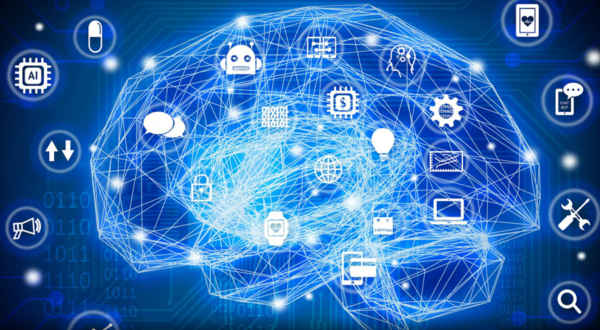
Impact of AI on Information Safety for Companies
In an era where data is the lifeblood of business, ensuring the safety and security of information has become paramount. As companies navigate the complexities of a digital landscape, artificial intelligence (AI) emerges as a powerful ally in fortifying the defences against cyber threats and safeguarding sensitive data. This article explores the multifaceted role of AI in enhancing information safety for companies, encompassing threat detection, proactive defence mechanisms, and strategic decision-making.
Proactive Threat Detection:
One of the primary roles of AI in information safety is its ability to proactively detect and mitigate potential threats. Traditional security systems often struggle to keep pace with the evolving tactics of cybercriminals. AI, with its machine learning algorithms, can analyze vast datasets in real-time, identifying patterns and anomalies that might escape human observation. This enables companies to stay ahead of emerging threats, detecting malicious activities and potential vulnerabilities before they can be exploited.
Behavioral Analysis for Anomaly Detection:
AI excels in behavioural analysis, a crucial aspect of information safety. By establishing a baseline of normal user behaviour, AI systems can swiftly identify deviations that might signal a security breach. Whether it’s an unusual login location, unexpected data access patterns, or anomalous system interactions, AI-driven anomaly detection helps companies pinpoint potential threats and respond in real time. This level of precision is vital in an environment where cyber threats constantly evolve and grow more sophisticated.
Predictive Analytics and Trend Forecasting:
AI doesn’t just detect current threats; it can also predict future risks through advanced analytics and trend forecasting. By analysing historical data and identifying patterns indicative of potential security issues, AI empowers companies to adopt a proactive approach. Predictive analytics allows organizations to anticipate and address vulnerabilities before they can be exploited, reducing the likelihood of data breaches and other security incidents.
Automated Incident Response:
In the event of a security incident, time is of the essence. AI plays a crucial role in automating incident response processes, enabling companies to react swiftly and decisively. From isolating affected systems to initiating remediation measures, AI-driven incident response systems can significantly reduce the impact of security breaches. The automation of routine tasks also allows human security teams to focus on more complex and strategic aspects of cybersecurity.
Natural Language Processing for Threat Intelligence:
The vast amount of unstructured data on the internet poses a challenge for companies seeking to stay informed about emerging threats. AI, particularly natural language processing (NLP), enables organizations to sift through this data efficiently. By analysing news articles, social media, and other online sources, AI can extract relevant threat intelligence, providing companies with valuable insights into potential risks and vulnerabilities.
User Authentication and Access Control:
AI enhances information safety by bolstering user authentication and access control mechanisms. Biometric authentication, facial recognition, and behavioural biometrics are some AI-driven technologies that add an extra layer of security to user access. Additionally, AI algorithms can continuously assess and adjust access privileges based on user behaviour, ensuring that only authorized individuals have access to sensitive information.
Strategic Decision-Making with AI-Powered Analytics:
Beyond immediate threat detection and response, AI contributes to information safety by informing strategic decision-making. By analyzing data from various sources, including security logs, network traffic, and user behaviour, AI-powered analytics provide executives with a comprehensive understanding of their organization’s security posture. This insight enables informed decision-making regarding resource allocation, investment in cybersecurity measures, and long-term security strategies.
Conclusion:
As companies navigate an increasingly digitized landscape, the role of AI in enhancing information safety is indispensable. From proactively detecting threats and analyzing user behaviour to automating incident response and providing strategic insights, AI technologies form a comprehensive defence against the ever-evolving landscape of cyber threats.



